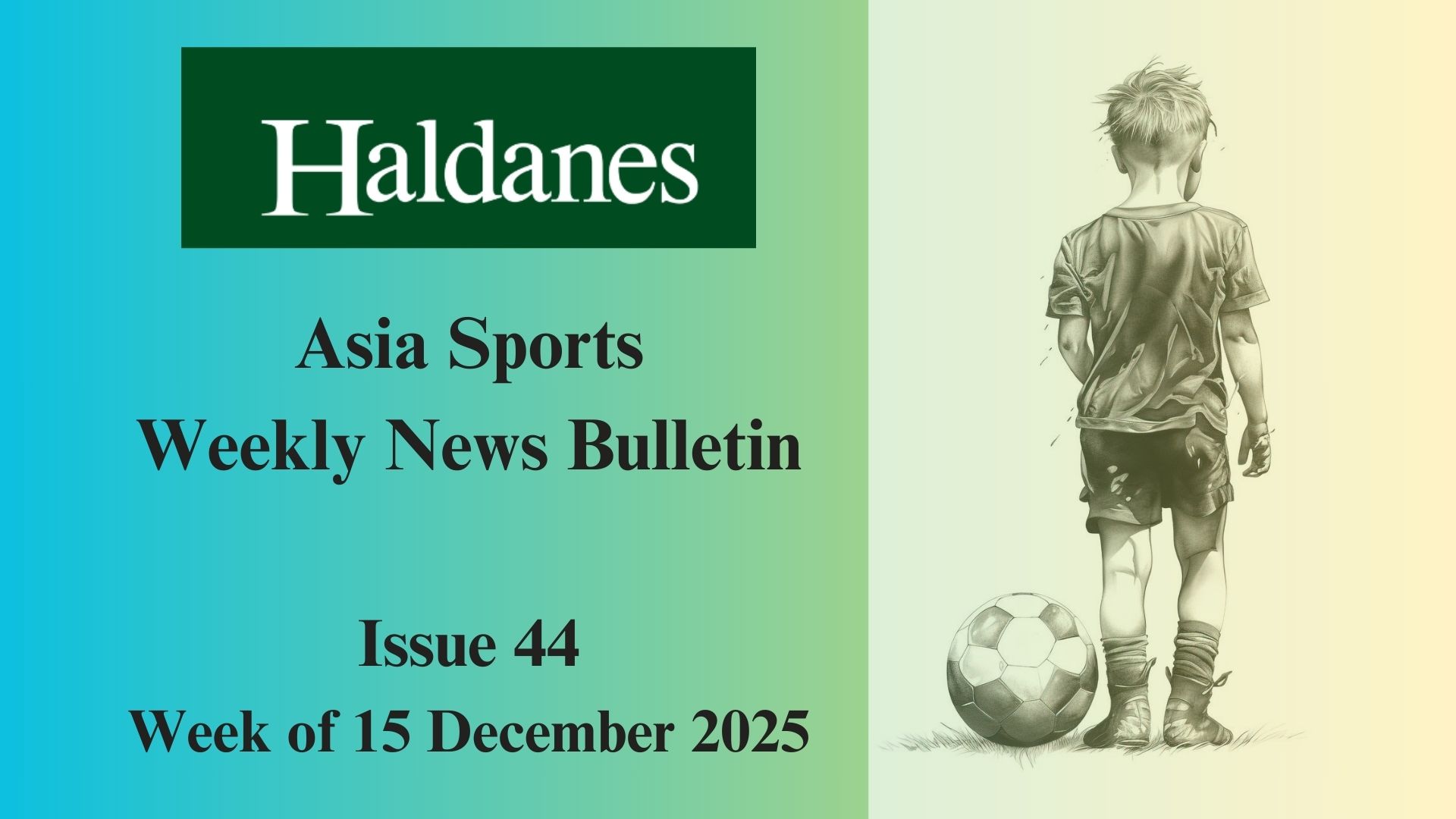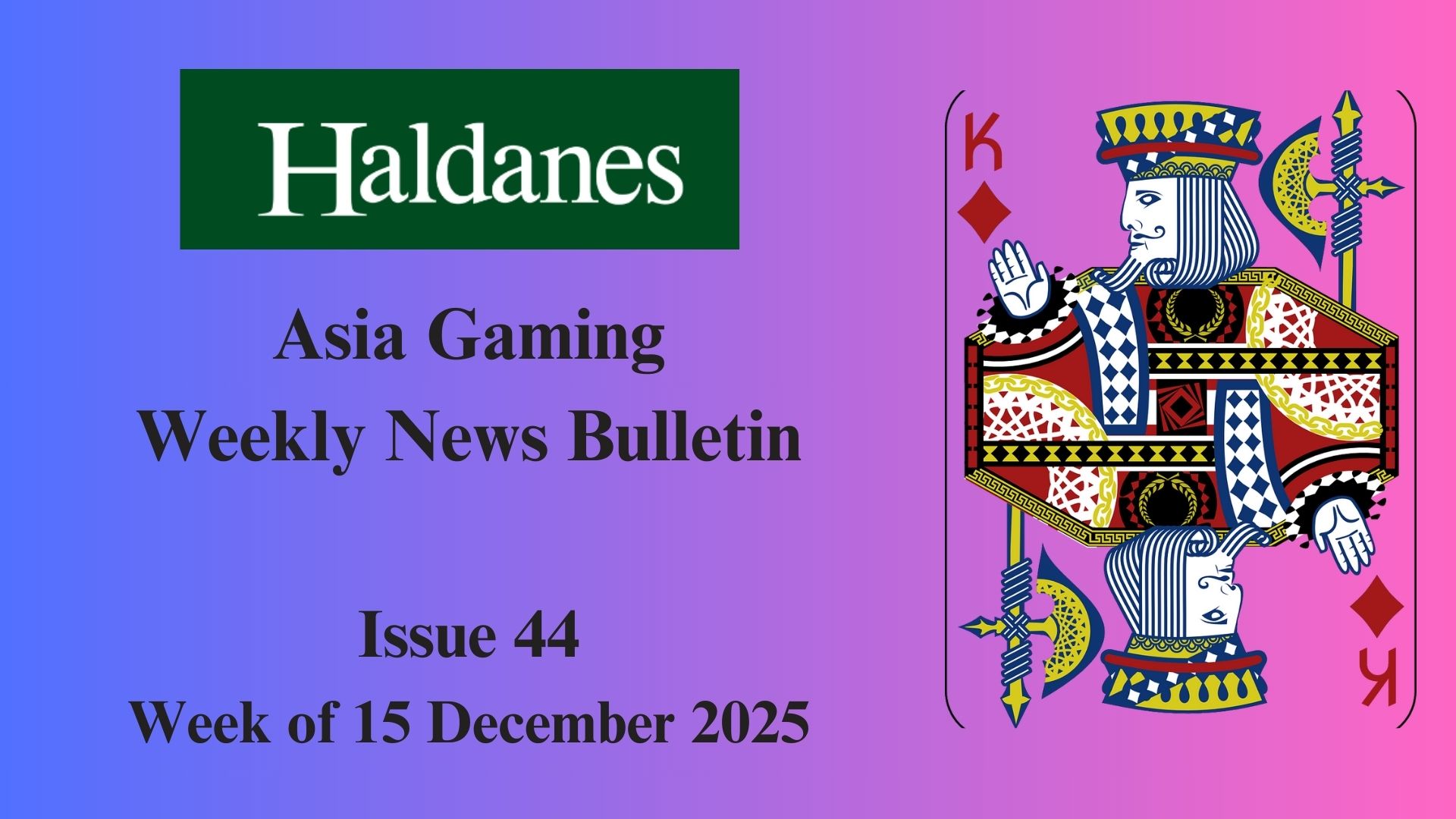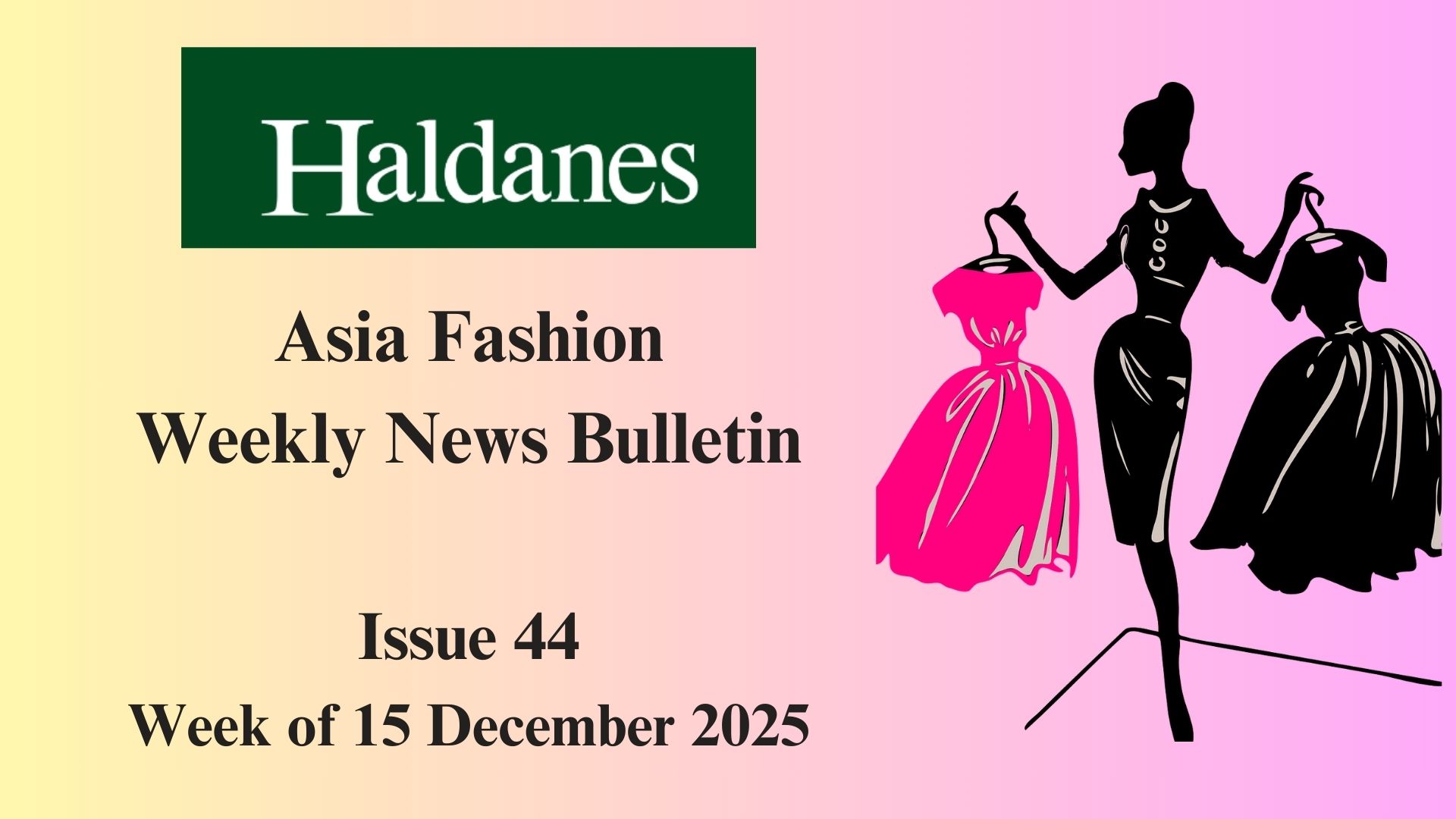Asia Art Weekly News Bulletin – ISSUE 34 Week of 29 September 2025
(1) Li Hei Di’s Auction Record Jumps 91%
Li Hei Di’s 2023 oil painting sold for $342,800 at Sotheby’s Hong Kong, a 91% record jump from $179,500, highlighting the artist’s rising market amid ethereal, desire-themed works.
(2) Almaty Museum Axes Taiwanese Exhibition Following Alleged Chinese Pressure
Kazakhstan museum cancels Taiwanese art exhibition days before opening, citing renovation; Taiwan suspects Chinese interference, similar to Bangkok case, vowing to defend international cultural space.
(3) Putting Southeast Asia on the map: Art Jakarta’s Tom Tandio on what’s driving Indonesia’s creative scene
Indonesia’s premier fair Art Jakarta runs from 3 to 5 October. Director Tom Tandio speaks to Monocle about this year’s edition, which is taking place soon after anti-government protests rocked the country’s largest city.
(4) New stage for art and tech: East Kowloon Cultural Centre set to open with festive season
East Kowloon Cultural Centre opens November 2025 with Charles Kao musical, 80+ diverse events blending art and tech. Art Macao Biennale 2025 showcases 30 global exhibitions.
(1) Li Hei Di’s Auction Record Jumps 91%
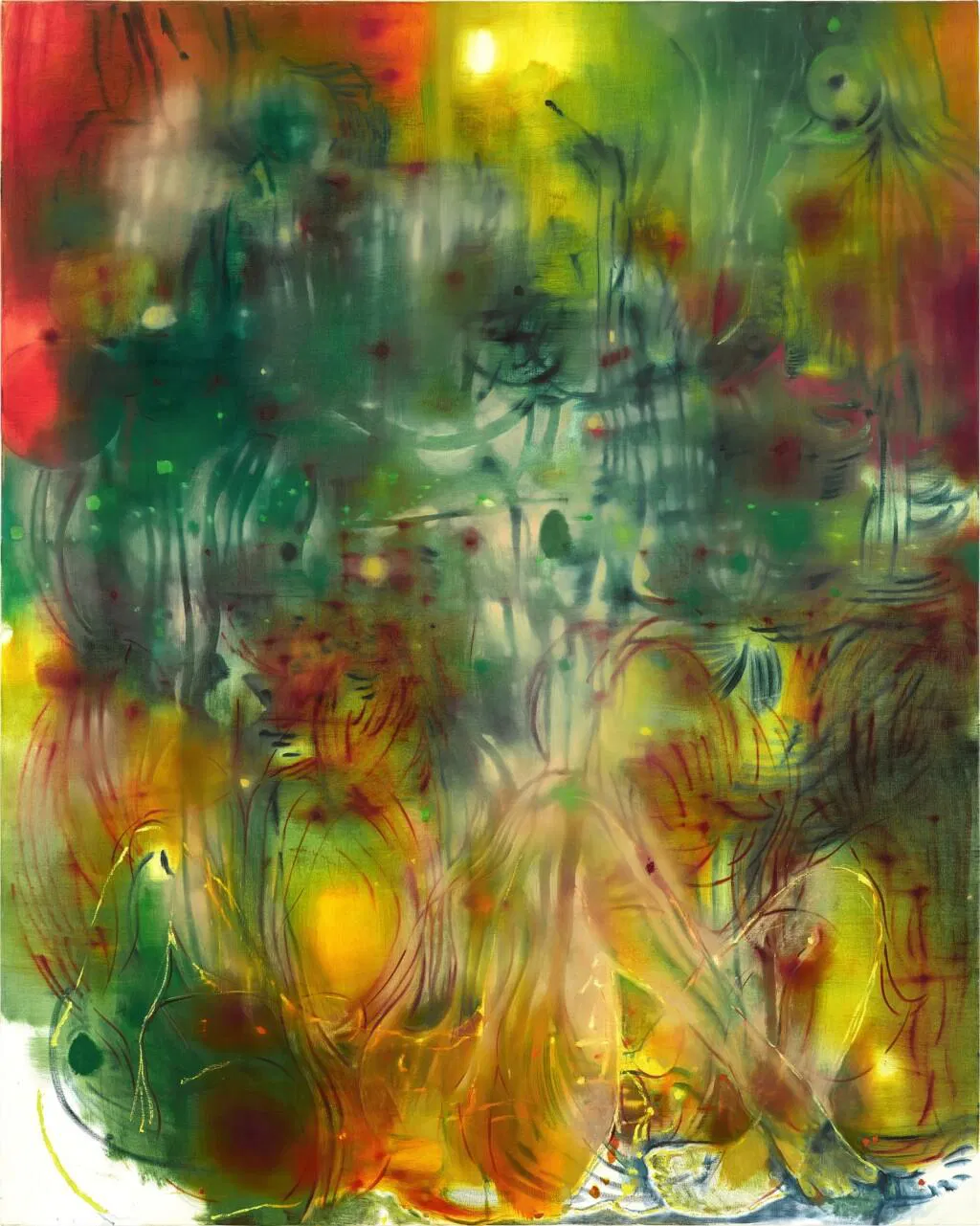
(Photo Credit: Sotheby’s)
Li Hei Di, a rising Chinese artist known for ethereal, fluid paintings exploring desire and transition, achieved a new auction high with There Was One Summer Returning Over and Over; There Was One Dawn I Grew Old Watching (2023), an oil on linen work, selling for $342,800 (HKD 2.67 million) at Sotheby’s Hong Kong on September 28, 2025. This price exceeded the low estimate by over 3.5 times and marked the painting’s second trade at auction. The sale reflects growing international demand for Li’s biomorphic, semi-figurative style, blending erotic imagination with cultural fluidity, as seen in recent exhibitions at Pace Gallery and Michael Kohn Gallery.
The result shattered Li Hei Di’s previous record by 91%, surpassing the $179,500 fetched by Drifted Petals on Her Lifted Mound 在死的冰上起愛的火災 (undated) at Sotheby’s on March 29, 2025. That earlier work, also traded once before, highlighted Li’s thematic focus on ephemeral connections. Li, born in 1997 in Shenyang and educated at the Royal College of Art (MA 2022), has seen rapid market ascent, with Forbes naming them to its 30 Under 30 Asia list in 2024. Their pieces, like the recent Unfolding a Flood (2022) at Phillips for $127,000, continue to attract collectors drawn to the artist’s “ghostly” figures and luminescent palettes.
This breakthrough underscores Li Hei Di’s emergence as a blue-chip talent, bridging Eastern and Western influences in contemporary art. With solo shows at Pippy Houldsworth (2024) and Pace Hong Kong (2025), and group appearances at Gagosian, the artist’s market trajectory—from initial sales under $100,000 to six figures—signals sustained momentum amid global interest in young Asian painters exploring intimacy and identity.
News Source: https://heni.com/news/article/li-hei-di-there-was-one-summer-returning-over-and-over-there-was-one-dawn-i-grew-old-watching-2025-09-28-11-22-08-179000-00-00
(2) Almaty Museum Axes Taiwanese Exhibition Following Alleged Chinese Pressure
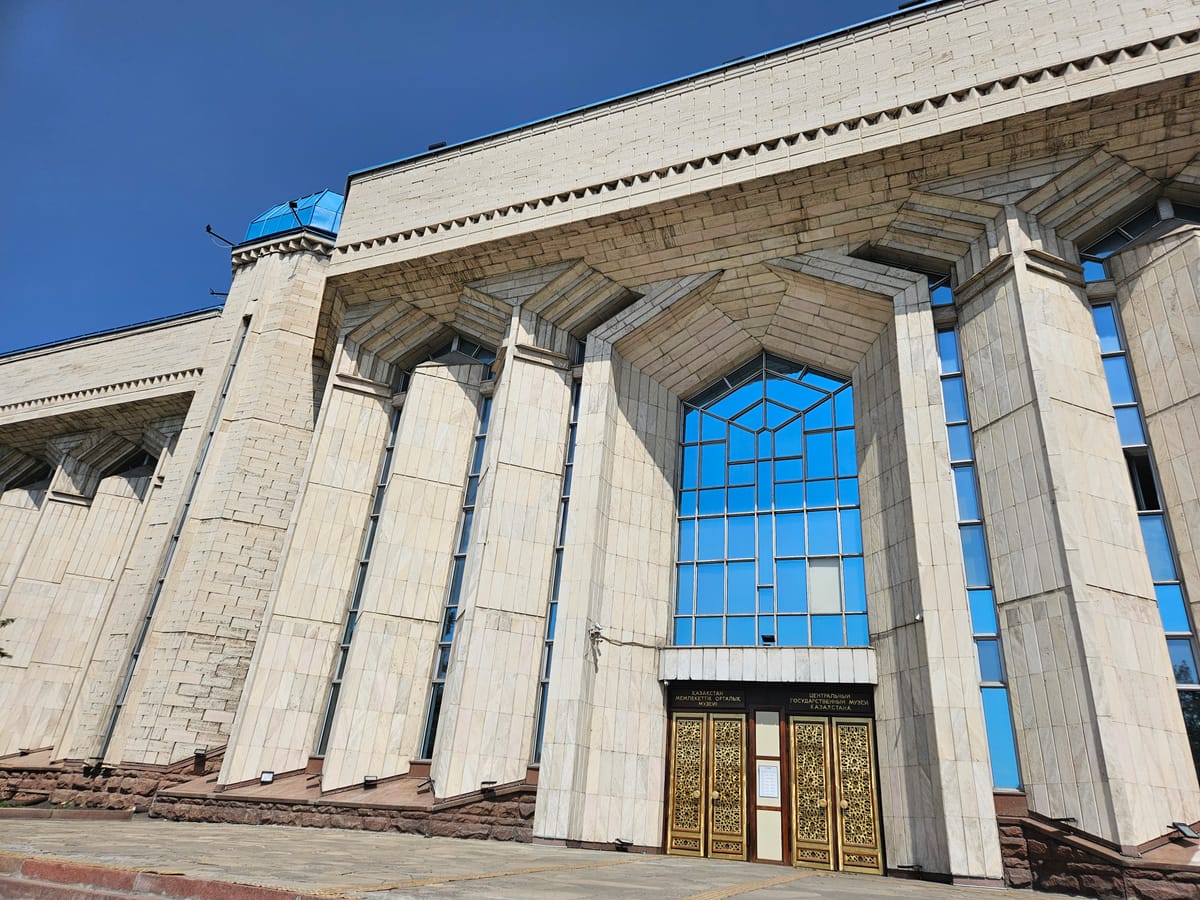
(Photo Credit: Art Asia Pacific)
The Central State Museum of Kazakhstan in Almaty abruptly cancelled the exhibition “Shifting Grounds: Dissonance, Memory, and Landscape as a Site of Becoming,” featuring eight Taiwanese artists and curated by Wang Chun-chi, just days before its September 12 opening. Initially promoted as the first Taiwanese art show in Almaty and officially launched on August 20, the museum cited a one-month renovation starting September 11 and a scheduling conflict. However, it hosted a fashion event a week later, raising questions about the validity of these reasons.
Taiwan’s Ministry of Foreign Affairs condemned the decision on September 21 as “clearly incoherent,” accusing China of interference and vowing to protect Taiwan’s international space. Taiwan’s representative office in Moscow attempted to intervene but was unsuccessful. This incident echoes a similar case in early August at Bangkok Art and Culture Centre, where Chinese embassy officials allegedly prompted partial censorship of a group exhibition.
The cancellation highlights ongoing challenges for Taiwanese cultural outreach amid geopolitical tensions, underscoring suspicions of external pressure on host institutions. Despite the setback, it draws attention to efforts by Taiwanese artists to expand global visibility, with the ministry reaffirming its commitment to countering such disruptions.
News Source: https://www.artasiapacific.com/news/almaty-museum-axes-taiwanese-exhibition-following-alleged-chinese-pressure/
(3) Putting Southeast Asia on the map: Art Jakarta’s Tom Tandio on what’s driving Indonesia’s creative scene
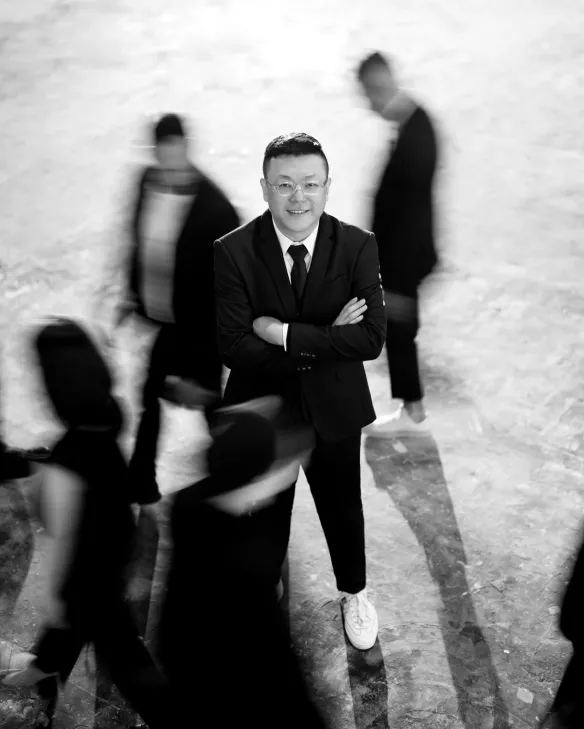
(Photo Credit: Fair plat: Tom Tandio)
Art Jakarta, under director Tom Tandio since 2019, differentiates from global fairs like Art Basel and Frieze by limiting booths to 80 and mandating Asian galleries or artworks, positioning Indonesia as a regional hub. This “100% Asian” focus avoids the homogenized, venue-indistinguishable feel of international events, emphasizing local strengths—Indonesian galleries comprise half of the 2025’s 75 participants, such as Roh Projects with Aditya Novali’s monumental sculpture. Regional standouts like Japan’s Kaikai Kiki and Taiwan’s TKG+ join, while European galleries like Esther Schipper adapt by showcasing South Korean artists. Held in a convention center, the fair prioritizes accessibility, drawing on Indonesia’s growing collector base and economy to foster a sense of place.
Tandio’s strategy has grown the event from one annual fair to multiple formats: Art Jakarta Gardens (an outdoor, pandemic-era accessible show) and the 2026 debut of Art Jakarta Paper (works on paper only). Indonesia’s vibrant scene, including Art Subs in Surabaya and Ubud Art Ground, complements this, bolstered by institutions like Museum Macan under new director Venus Lau. Unlike Singapore’s Art SG, which struggles with foreign dominance, Art Jakarta empowers locals without heavy international logistics, making it more sustainable and appealing to serious collectors.
Amid Jakarta’s tourism surge and economic growth, Art Jakarta is set for international acclaim, even as anti-government protests—contrasting Singapore’s stability—could fuel artistic inspiration. Tandio’s vision creates a rooted, vibrant platform celebrating Asian diversity, countering Western fairs’ “cold” uniformity and highlighting Indonesia’s potential as a creative powerhouse.
News Source: https://monocle.com/culture/art-jakarta-puts-southeast-asian-art-on-the-map/
(4) New stage for art and tech: East Kowloon Cultural Centre set to open with festive season
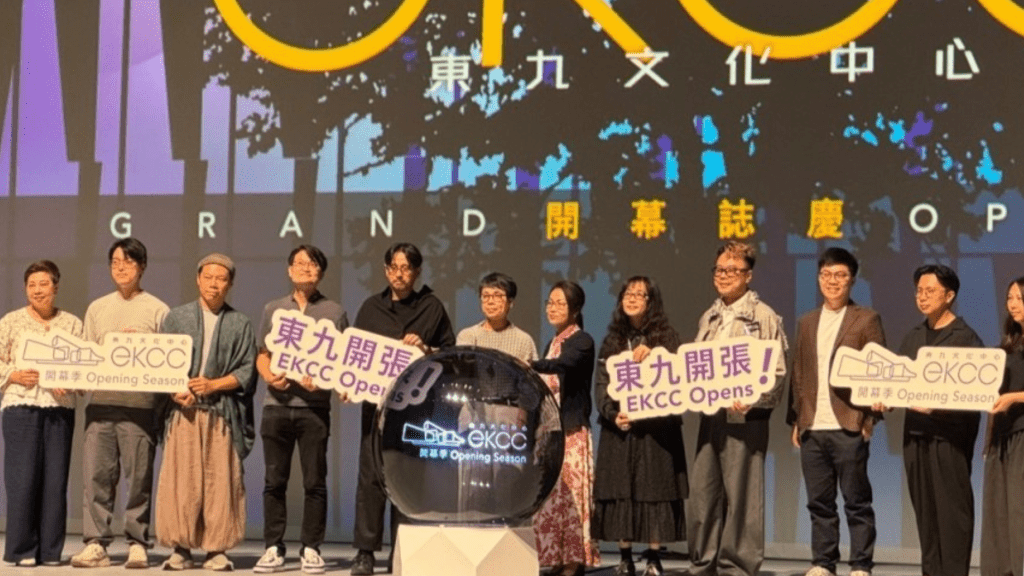
(Photo Credit: Sing Tao)
The East Kowloon Cultural Centre opens in November 2025, launching with a vibrant lineup of Kowloon East Opening Programmes from mid-November to February, blending art and technology. The debut musical HighLights—The Memories of Charles Kao (November 15–30) celebrates Nobel laureate Charles Kao’s fiber optics legacy and his role as former President of The Chinese University of Hong Kong. The inaugural season features 17 programs with over 80 performances, including major productions, free community events, and art installations like the 2025 Hong Kong Shenzhen Bi-City Biennale, the multimedia Bioluminescence, and the dance show Lucie in the Sky, showcasing local and international talent.
Tickets go on sale October 3, with a 10% flash sale discount from October 2–16. The Leisure and Cultural Services Department (LCSD) positions the centre as a creative catalyst, integrating advanced technology to foster innovative, high-quality art and establish Hong Kong as a global cultural hub. Its state-of-the-art facilities aim to provide new opportunities for the cultural industry, enhancing the city’s role in international artistic exchange.
Complementing Hong Kong’s offerings, the Art Macao: Macao International Art Biennale 2025, themed “Hey, what brings you here?”, runs for three months, featuring 30 exhibitions across Macao. Showcasing modern masterpieces by artists like Xu Bing and Ann Hamilton from over 10 countries, the biennale revitalizes historical spaces and explores community narratives through six sections, enriching the regional cultural landscape.
News Source: https://www.thestandard.com.hk/hong-kong-news/article/312816/
